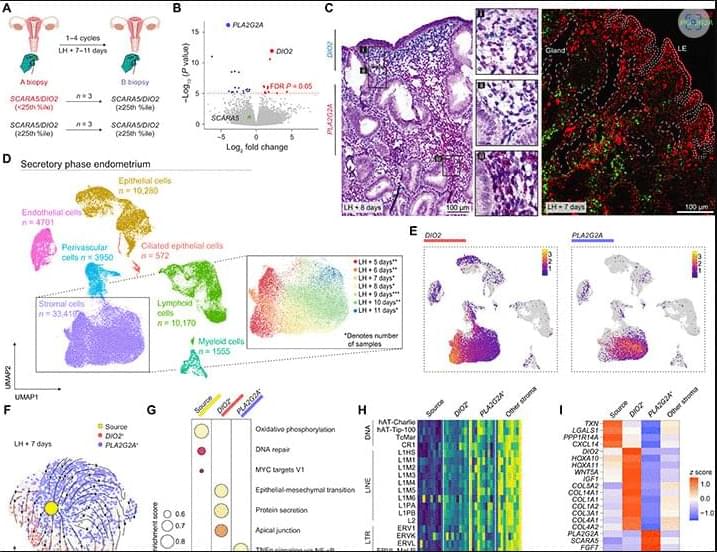Miscarriage denotes the loss of a pregnancy before viability (1). Approximately one in three embryos perishes following implantation in healthy women, although often before routine detection of pregnancy (2, 3). This attrition rate reflects the high prevalence of chromosomal errors in preimplantation human embryos (4) and the physiological role of the endometrium in selecting against low-fitness embryos (2, 3, 5, 6). The pooled miscarriage risk in all clinically recognized pregnancies is an estimated 15% (1), with most losses (~90%) occurring before the onset of uteroplacental perfusion at the end of the first trimester (7). Epidemiological studies consistently highlight that two factors, maternal age and the number of preceding pregnancy losses, disproportionally affect miscarriage rates (7–9). The age-dependent risk reflects the increase in aneuploid pregnancies in women aged 35 years and older, mirroring the incidence of meiotic chromosome errors in oocytes and embryos (10, 11). Each prior pregnancy loss further compounds the risk stepwise by 5 to 10% (7–9), but the underlying mechanism is unknown. A plausible but untested hypothesis is that the recurrence risk of miscarriage reflects the frequency of menstrual cycles culminating in an endometrial environment permissive of embryo implantation but inadequately prepared for decidual transformation (3), that is, the formation of a robust immunotolerant matrix that anchors and supports the semiallogenic placenta throughout pregnancy (2, 5).
Each menstrual cycle starts with the shedding of the superficial endometrial layer, bleeding, and reepithelization of the basal layer. Following menstruation, estradiol-dependent regeneration of the superficial layer, on average, quadruples the thickness and volume of the uterine mucosa before ovulation (12). Local morphogen and cytokine gradients regulate epithelial and stromal cell proliferation, resulting in tissue stratification and positional cell specification. After ovulation, progesterone acting on this spatial template triggers a decidual reaction, an endogenous inflammatory tissue response that heralds the start of the 4-day midluteal implantation window (2, 13). Histologically, the implantation window coincides with the onset of glandular secretion, marked oedema, and proliferative expansion and differentiation of uterine natural killer (uNK) cells (14, 15).
